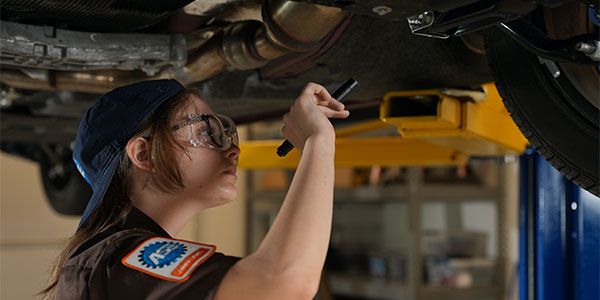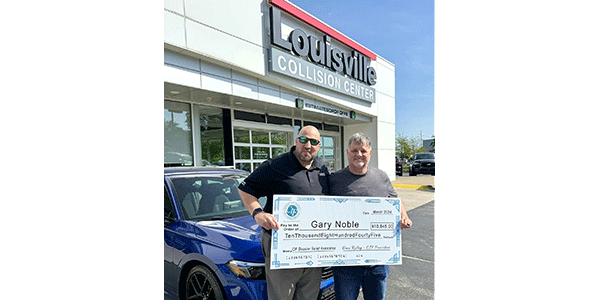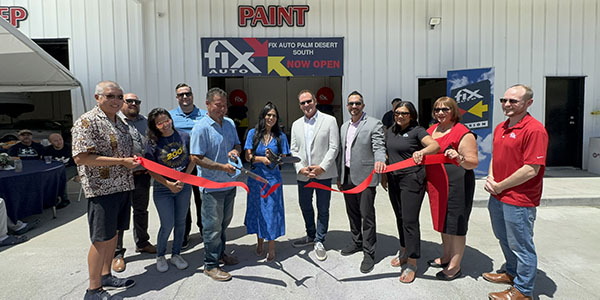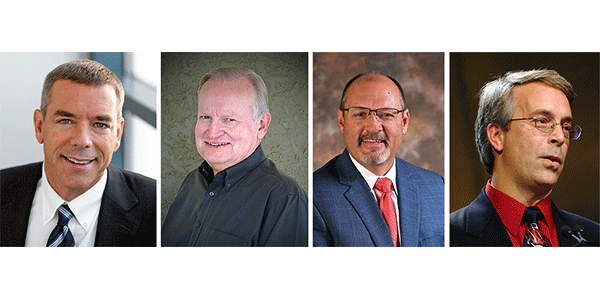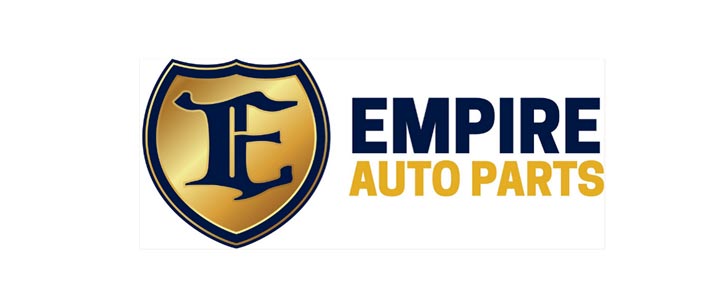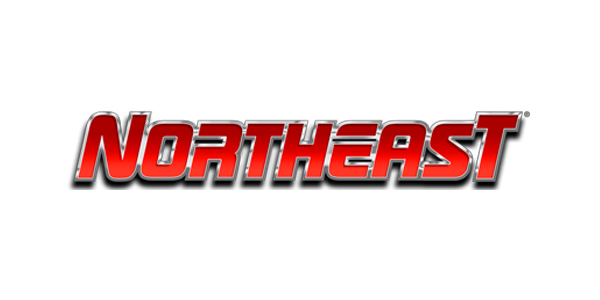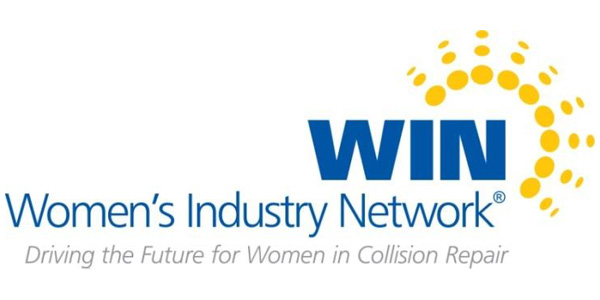Have you been walking the shop floor trying your best to determine
just what’s causing that bottleneck in the paint department but
to no avail? Are you concerned about safety, but having trouble
combining it with a productive work flow? Have you bought all
the latest equipment and technology but not yet seen increased
results?
Sounds like you might need a little expert advice on shop layouts.
Familiar with today’s most commonly asked shop layout questions,
several industry experts offer solutions, suggestions and safe
bets on how to overcome some of those trouble spots.
Q: What’s a common layout problem, and how do you solve it?
"The most common problem in facility layout work, whether
remodeling or [building a] new facility, is to maintain a balance
between productivity and safety.
"As a facility design consulting company … we typically
work with customers who are striving to continue to be the leaders
in the industry with cutting edge ideas and technology. That technology
is moving faster than Jeff Gordon’s pit crew. Meanwhile, local,
state and federal regulations around safety and emissions seem
to be growing constantly. Solving this design puzzle, in which
productivity and safety must work hand in hand, is a major challenge."
– Steve LeBron, president of Custom Layout & Design, Tekamah,
Neb., and partner with DuPont Automotive Finishes.
"A common issue facing shops is where to put everything!
Optimal and profitable use of space is a constant challenge. A
shop’s layout must be flexible. As ‘space flexibility’ relates
to lifts, dedicating an area to a lift can be difficult for some
shops. This rules out permanently installed in-ground lifts and
makes the more common two-post, above-ground models a hassle since
they’re bolted to the shop floor and take up 10 to 12 feet of
width. [The answer] to space saving [and flexibility] problems
is a portable, no-post, space-saving lift."
– Steve Perlstein, Mohawk Lifts.
"The most common layout problem is designing a productive
shop within an existing facility. Incorporating a single-direction
flow of vehicles being repaired is essential to maximizing the
shop’s productivity. Most shops don’t understand the cost of moving
a vehicle backward. A shop that doesn’t have a drive-through spraybooth
is required to move (or back) the refinished vehicle out of the
booth. If a shop that refinishes five vehicles per day spends
three minutes moving each vehicle, this equates to approximately
five weeks of wasted production time per year. The solution to
this problem is to ensure that the shop’s layout meets all current
production demands, as well as anticipates estimated future production
needs."
– Carol Nelson, Jimmie Harris, Mark Jones and Don Wakeman of
Garmat USA.
"As I travel around the country, I frequently observe what
I call a bottleneck problem – the pulling equipment is located
in the back of the body shop and vehicles are stacked around it.
Every time the technician needs to access the equipment, all of
the vehicles have to be moved, which requires extra effort and
time and decreases productivity.
"I have two recommendations to help body shops increase workflow.
If possible, the pulling system should be located close to the
vehicle entrance for quick estimating, tear down and repairs.
The second suggestion is to position the pulling equipment at
an angle to the wall so vehicles can be driven on and off the
rack with ease. …
"Maximizing floor space, improving work flow and increasing
profits – these are the keys to body shop success."
– Bill Mitchusson, national sales and service manager, Chief
Automotive Systems, Inc.
Note: Many shops designed and built over the past couple of decades
allocated too little shop area to the preparation and paint process.
This problem has been compounded by the fact that many shops have
been forced to update their facility with the addition of code-legal
mixing rooms, prep stations and downdraft booths – all of which
take up valuable space in the paint shop. The result is that the
paint shop ends up being the weak link in the chain, unable to
keep up with the production of the body shop.
"The paint shop is often considered to be a bottleneck area.
… The obvious solution is to add physical capacity and more
work space to the paint shop. When this isn’t an option, the solution
may be to update the equipment; replace the old crossdraft, unheated
booth with a booth that has a bake cycle so cars can be processed
quickly. The addition of portable infrared lights to speed the
cure of primers can also help to reduce the idle time of vehicles
in the paint shop.
"In many cases, shops are using valuable time to cut in parts.
Eliminate this problem by adding a small parts booth or prep station
for this purpose. Another solution might be to stagger the shifts
of paint technicians to improve the utilization of the spraybooth.
"If none of these options apply, a partial solution could
be to re-evaluate the cut-off point between body and paint technicians.
For instance, you may want to have body technicians finish the
job with 180 grit as opposed to 120. This will help to more evenly
distribute the workload and improve the overall production capacity
of the shop."
– Steve Handschuh, vice president, Wholesale Markets, NAPA;
and Randy Slama, engineer/designer, Martin-Senour Collision Repair
Design Services, a part of AutoCare Collision Center programs.
"Ceiling height has become an obstacle. Booth manufacturers
labeling their booth with ETL or UL [are required by] the NFPA
33 Standard for spray applications using flammable material …
to incorporate explosion-relief vents in the ceiling of their
booths. This presents a problem for shop owners with ceiling heights
under 12 feet.
"Booth cabin heights range between 10 and 12 feet, and the
standard requires most manufacturers to relieve vertically 2 feet,
5 inches. If the customer’s building doesn’t meet the manufacturer’s
criteria for vertical relief, he cannot install an ETL- or UL-listed
spraybooth. … However, some spraybooths are available that can
survive an explosion with only 15 inches of relief – allowing
the installation of an ETL-listed booth where it otherwise couldn’t
have gone."
– Chris Gumm, operations manager, Nova Verta USA.
Q: What is the most common question posed to you about shop
layouts, and how do you answer it?
"’What should the distribution in size be between the production
area in the body shop and the production area in the paint shop?’
"The answer is usually somewhere between 60 percent body,
40 percent paint and 50 percent body, 50 percent paint. The reason
for the variance is because different shops do different types
of work. Dealership body shops may do more scratch and dent and
warranty work than an independent shop – and this usually increases
the need for paint shop capacity, bringing it closer to a 50/50
relationship.
"The best way to answer this is to first look at the current
breakdown of sales between body labor and paint labor for a given
shop. By relating these figures to known labor rates and technician
efficiency ratios, you can calculate the ratio between actual
body labor hours and actual refinish labor hours. This ratio usually
gets you close to the relationship that’s needed for the body
area and paint area. Keep in mind that spraybooths, prep stations
and mixing rooms tend to take up floor space, so you may want
to add a little extra space to the paint shop to compensate for
this."
– Steve Handschuh, vice president, Wholesale Markets, NAPA;
and Randy Slama, Engineer/designer, Martin-Senour Collision Repair
Design Services, a part of AutoCare Collision Center programs.
"While a simple and functional shop layout is important,
there may be a bigger issue at stake. Customers expect body shops
to fix vehicles accurately, cost effectively and in a timely manner.
Equipment that’s difficult to use results in lost time and profits.
"I recommend computerized measuring equipment for both diagnostics
and repair. A computerized measuring system eliminates the guesswork
in collision repair, enabling technicians to work more efficiently.
This kind of system uses high-tech pinpoint lasers that take precise,
continuous measurements of multiple points, providing a quick
and accurate diagnostic of the repair needs. It’s the same technology
used by vehicle manufacturers. The measuring system’s online capabilities
allow voice and data communications with experts at the company
who can assist a technician with pulling strategies. The computer
also documents every stage of the repair, and a report can be
printed providing proof of the repair.
"Body shops utilizing a computerized measuring system will
save time, improve productivity and, most importantly, increase
profits."
– Bill Mitchusson, national sales and service manager, Chief
Automotive Systems, Inc.
"’What can I do to eliminate the concrete-pit fiasco when
installing a booth?’
"Concrete pit designs can be a thorn in every shop owner’s
side. The shop’s down time for the saw cutting, excavating, forming
and pouring can take three to five days. And the correct placement
of the pit is crucial. Contractors can become overwhelmed in the
layout since the booth and the make-up equipment are designed
to fit the pit precisely. In most pit designs, if the pit varies
plus or minus 1 inch, it can lead to disaster. In many instances,
the pit design needs to be evaluated and stamped by an engineer.
Local authorities will also need to evaluate the design before
issuing a permit. The combined fee for the engineer’s stamp and
permit can exceed $2,000 before any concrete is poured. In reality,
a customer may have $5,500 in a finished pit.
"[The answer to this?] Booths [are available] that can be
installed on existing concrete floors. This configuration eliminates
the confusion and allows final placement to be exact."
– Chris Gumm, operations manager, Nova Verta USA.
"The question is: ‘If everyone else is doing it, why can’t
I?’ And it usually refers to prep stations.
"Shop owners want to use the prep station for painting and
priming, and I have to remind them that these are prep stations,
not priming and painting stations. They’re designed for cleaning
and sanding operations, not spraying. Most prep stations recirculate
the air, rather than exhaust it. What’s more, few – if any – meet
the National Fire Codes or the Occupational Safety and Health
Administration regulations. In order to meet these codes, a prep
station must be installed in a paint booth or spray area. The
logic of installing a spray area,then installing a prep station
has always escaped me.
"As most of our mothers told us, ‘If your friends were jumping
off a bridge, would you do the same thing?’ The same could be
said for priming and painting in prep stations."
– Steve LeBron, president of Custom Layout & Design, Tekamah,
Neb., and partner with DuPont Automotive Finishes.
"’What’s the best type of lift for my shop and where should
we put it?’
"Though a two-part question, the most important part of buying
a lift is: What are you lifting? This answer greatly defines the
answer to the shop layout part of the question. Generally speaking,
a 6,000- to 9,000 pound-capacity lift is what’s needed in most
shops. Having determined what’s being lifted, the style or type
of lift is next in importance. A two-post, side-by-side lift offers
the most possible undervehicle access. A full-rise, no-post scissors
lift offers more side access for prepping and sanding damaged
vehicles, while also having the ability to roll around the shop."
– Steve Perlstein, Mohawk Lifts.
"The most common question is, ‘How much production can I
get out of the square footage I have?’ The answer is found in
accurately evaluating your existing in-house processes, which
need to include personnel, tools, equipment, shop flow and marketability.
"It’s important to analyze these processes to see if they’re
being utilized the most productive way for your particular shop.
The success of a shop isn’t necessarily dependent upon the size,
but the method in which automobiles are moved from the metal shop
to the paint shop. A productive shop is the key to success no
matter what the size."
– Carol Nelson, Jimmie Harris, Mark Jones and Don Wakeman of
Garmat USA.

